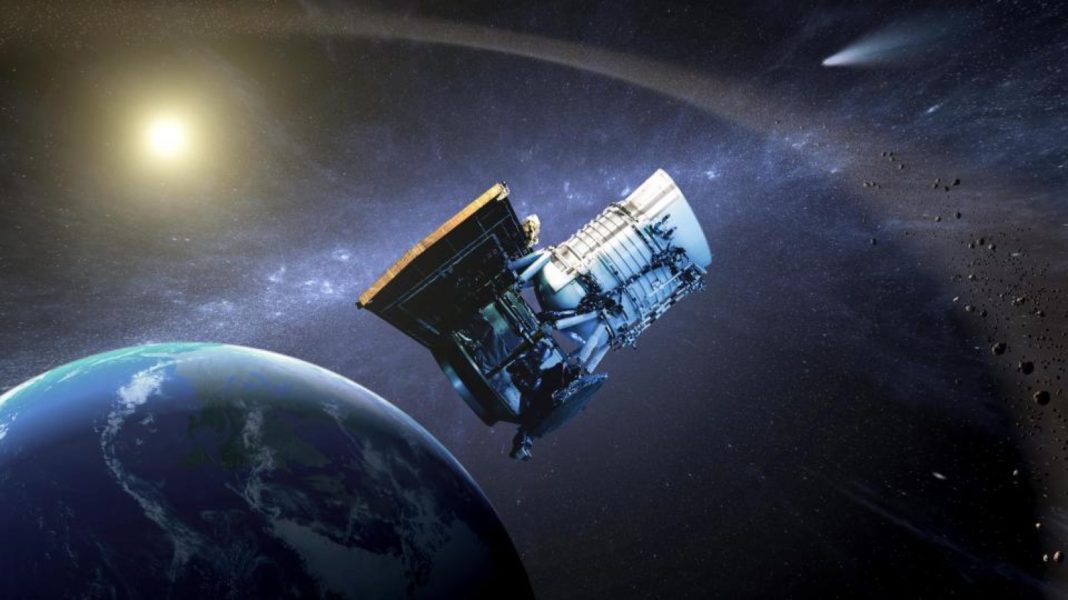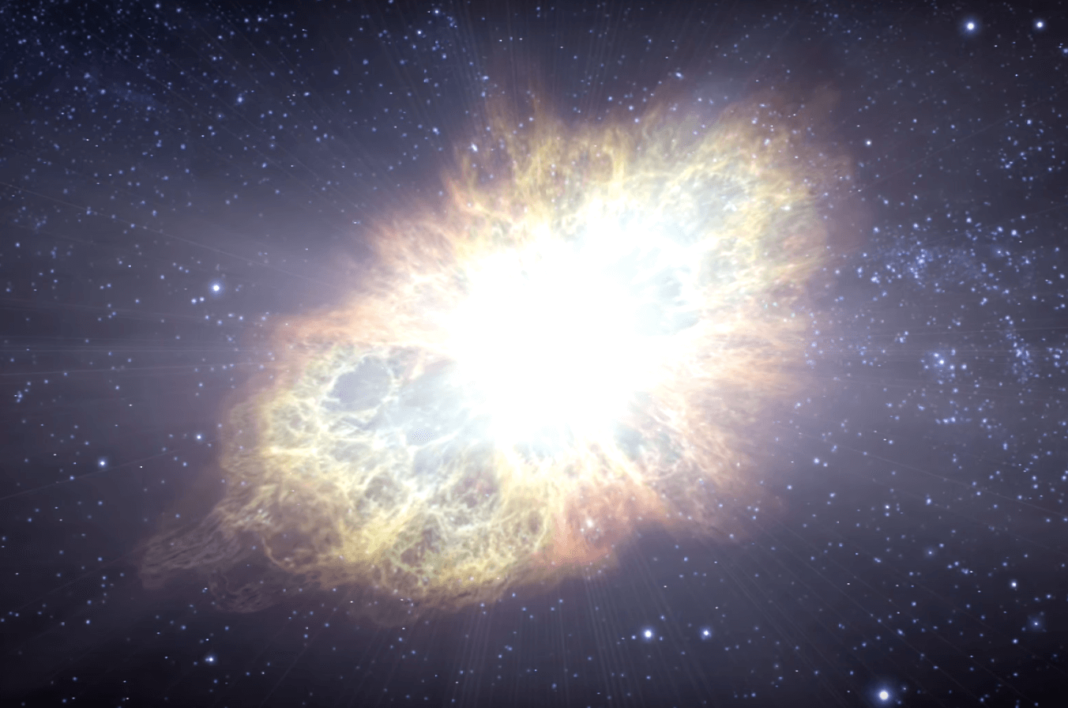It may sound like something out of a space adventure or science fiction movie, but there are several real-life asteroid hunters out there, and in 2008 many of these people were alerted that an impact to Earth from an asteroid was imminent. Upon hearing this news, dozens of observatories turned their telescopes to capture the incoming threat that was headed for the Nubian Desert in northern Sudan.
Shortly after the crash, a professor at the University of Khartoum took his students to the site to search for fragments of the asteroid. What they discovered was that the rocks were, in fact, a type of meteorite called ureilite that consisted of important amino acids. Scientists often refer to asteroids as the building blocks of planets and are some of the oldest objects in the entire universe. They contain many secrets about the origins of our world and all that’s made it the way it is.
Carrie Nugent is a Caltech astronomer who works at the NEOWISE space telescope where the team has collectively discovered more than 34,000 asteroids, including several near Earth. “Most astronomical work has to do with things that are very, very far away and don’t affect our lives very much. But asteroids, as you know, can come and hit Earth occasionally. So I think it’s important to find these objects so you can predict where they are going and potentially deflect one if we find one on the way to Earth,” says Nugent.
The process of asteroid hunting has pretty much stayed the same the past few hundred years. To find an asteroid in the sky, you need to take one image, then wait a little while. Then take another image of the same spot and look for anything that’s moved in those images. This process may have originally started out using drawings, and now we’ve moved on to telescopes, but the theory is still the same. It’s important to know where any near-Earth objects are in order to prevent any catastrophic collisions.
However, if an asteroid collision were to happen and we were unable to get out of the way from it, according to NASA’s planetary defense officer, three main ways are being considered that we could do. The first is by using a gravity tractor that would slowly tug the asteroid off course. The second is to use a kinetic impactor technique where something heavy would strike the asteroid to try and move it off course. The third option would be to explode a nuclear detonator nearby and irradiate the surface of it. But, this last option is not very particle nor predictable, and for that reason would only ever be considered as a last resort.
Read the Book; Carrie Nugent / Asteroid Hunters
More News to Read











